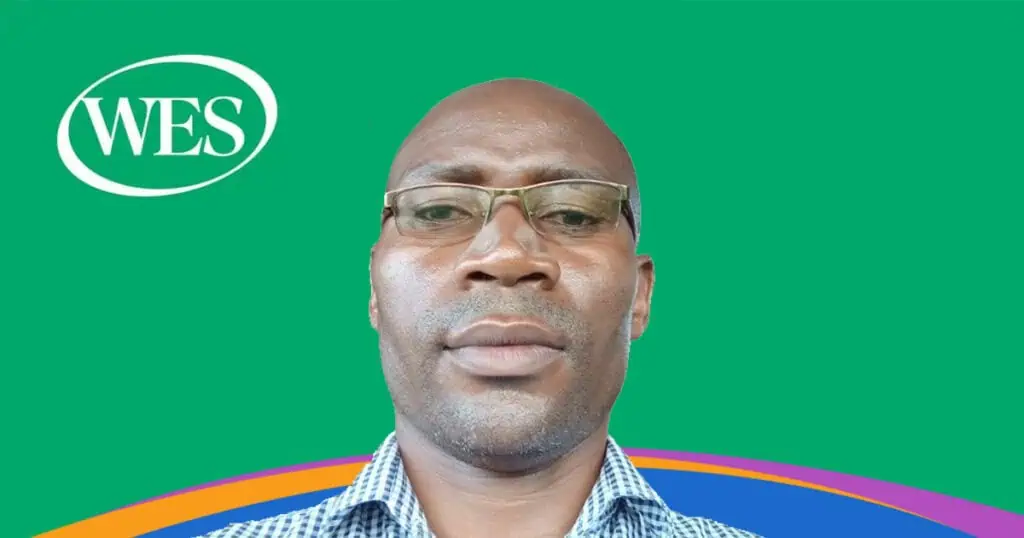To be effective in finding employment, you first need to understand how the hiring process works. In a recent webinar, we spoke with two hiring professionals about the process. They shared their insights so job seekers can set clear expectations and meet the needs of hiring teams.
Jessica Clifton is a senior human resources (HR) generalist at WES. She focuses on talent acquisition, engagement, and employee programming. Noosh Mohimani leads Accenture Canada’s mobility delivery capability with Accenture Digital and is an Accenture Innovation Fellow with a platform of Digital Agriculture Services. With years of experience as a hiring manager, she knows what to look for when hiring new members for her team.
Below, we share some key takeaways from our webinar with Jessica and Noosh.
About the Hiring Process
HR and the hiring manager will have different roles in the journey to hiring a new team member. It is important to understand the distinction so you know who best to contact throughout the journey.
HR will partner with the hiring manager to determine staffing needs. Then, they source and screen candidates against the knowledge, skills, and abilities needed for the role.
There are seven stages to the hiring process:
- Identifying the business need: How will this person contribute to the overall success of the department and organization? Which skills, qualifications, and attributes are required for the person to succeed in the role?
- Recruiting candidates: How does an organization attract the right individuals with the right skills?
- Screening applicants: This stage consists of reviewing applications and sorting candidates based on how they best match the needs of the business.
- Assessing skills and competencies: This is an optional stage that may include such activities as structured, behavioural-based interviews, personality tests, or work samples and exercises.
- Interviews: Often conducted as in-person meetings, interviews may also be held over the phone or Skype to verify skills and get to know the candidate. The number of interviews will vary by company and will depend on the seniority of the role.
- Reference checks: During this stage, HR will contact a candidate’s references as a final check to confirm their experience and fit for the role.
- Contract signing: This is the final stage in which negotiations take place and the employment contract is signed.
HR serves as a support to the hiring manager in facilitating communication with the candidate, assessing culture fit with the company, and making a final hiring decision. They also recruit and screen applicants to meet the hiring manager’s needs. In the end, however, the hiring manager is the final decision-maker.
How Can You Find Jobs?
From the candidate’s perspective, the hiring process actually with the job posting. Noosh stressed the importance of understanding the job description. At Accenture, job postings tend to be longer than most. Yet, she emphasized, “don’t skip the details—the job description is meaningful.” Each section gives candidates plenty of information as to what the hiring manager is looking for in a candidate.
The following are the main components of a job description at Accenture:
- The business overview provides an overview of the business group that the role will support.
- Job requirements cover the core responsibilities of the role and the key tasks to be performed.
- The basic qualifications are the “must-have” skills, education, and/or experience required for the role. Review these qualifications carefully and be prepared to speak to each of these points in an interview.
- Professional skills are the “nice to have” or preferred skills for the position.
According to Noosh, “We don’t expect all candidates to tick every box on a job description.” However, there are always “must-haves” for every role that you will need to meet. They typically consist of a skill set or experience level that the hiring managers feel is necessary to succeed in the role.
Related Reading
To improve communication with potential employers as you journey through the hiring process, Noosh and Jessica suggest the following:
- Establish a relationship with the HR contact and the hiring manager.
- Tailor your résumé to the job description. Find keywords that occur frequently and incorporate them into your professional accomplishments.
- Ask for feedback. Most hiring managers are happy to share a bit of feedback as to why you may not have been the best fit for a particular role to help you on your journey to obtaining the right role.
Learn More
The hiring process can be a lengthy one depending on the organization. But keep in mind that a hiring decision is important, and can therefore be time-consuming. An organization may take extra time to ensure they find the right person for the role.
Watch the webinar now to learn more about the hiring journey directly from Noosh and Jessica, who share important lessons that will help you better understand the hiring process.





